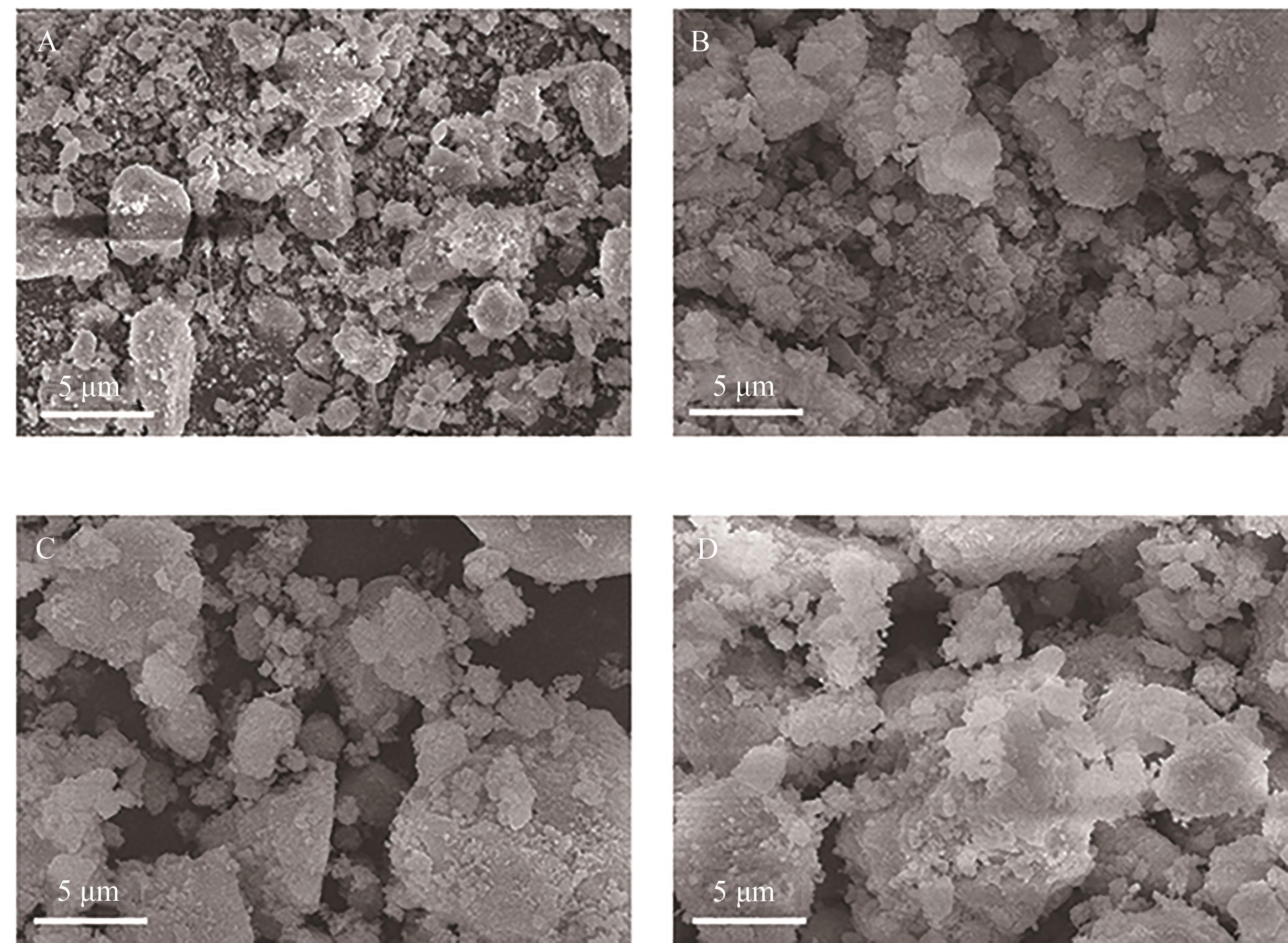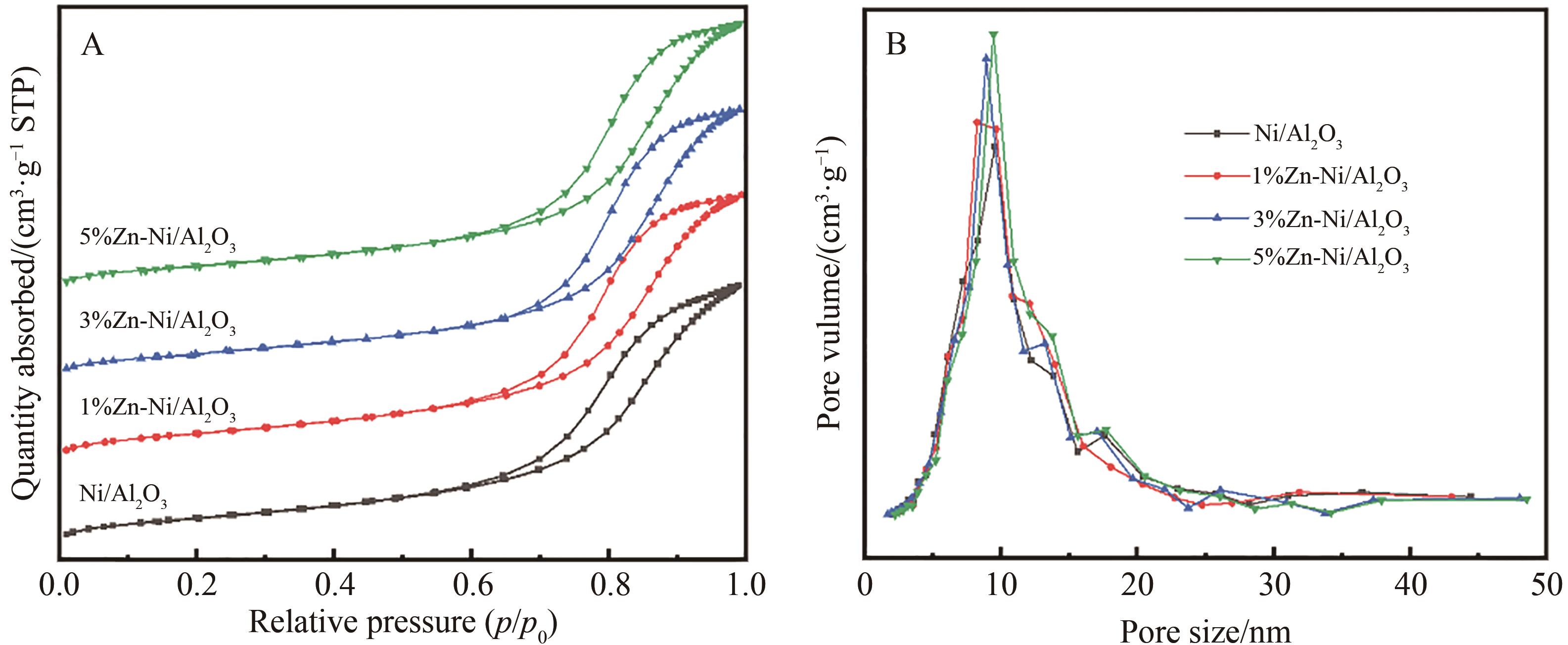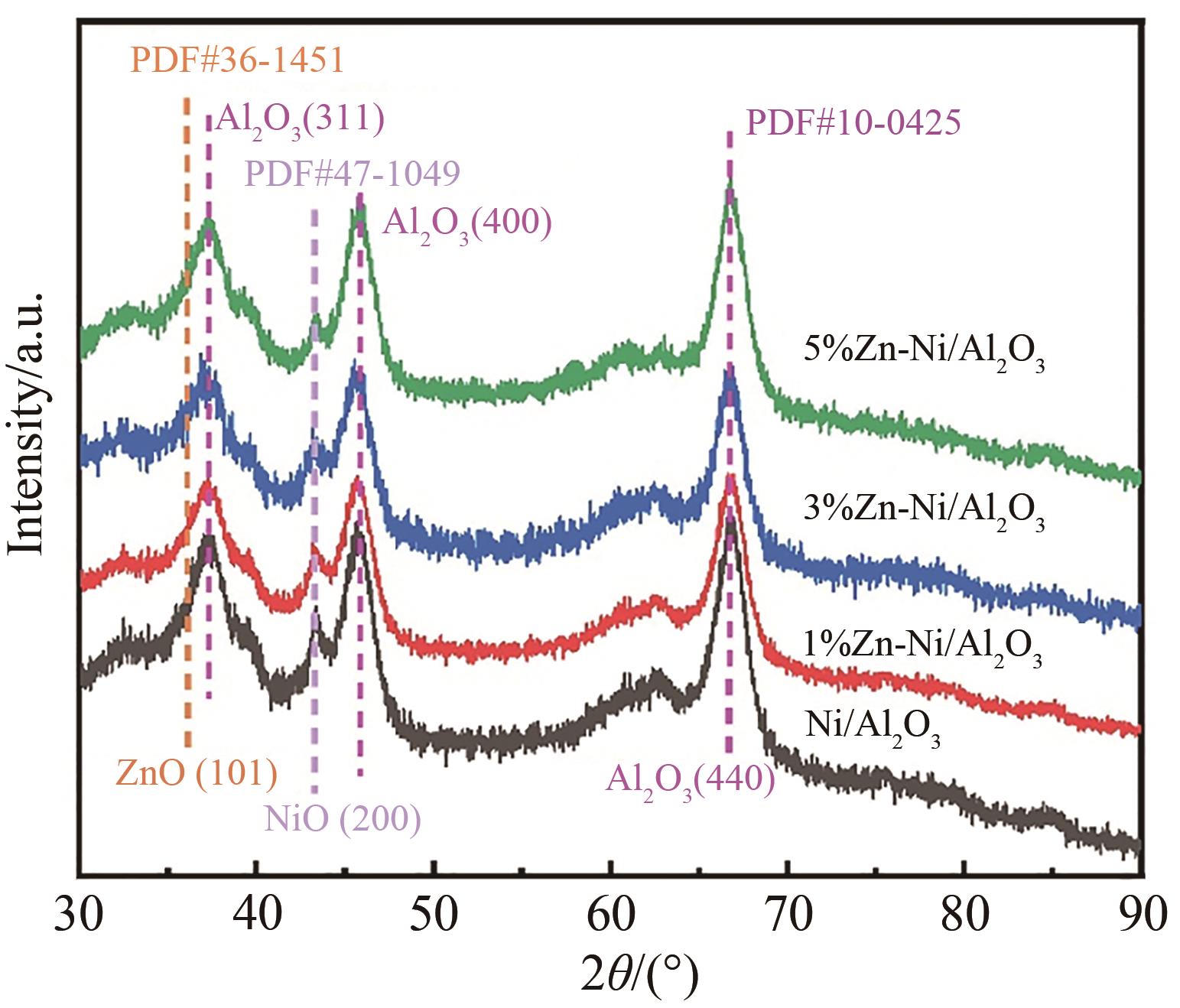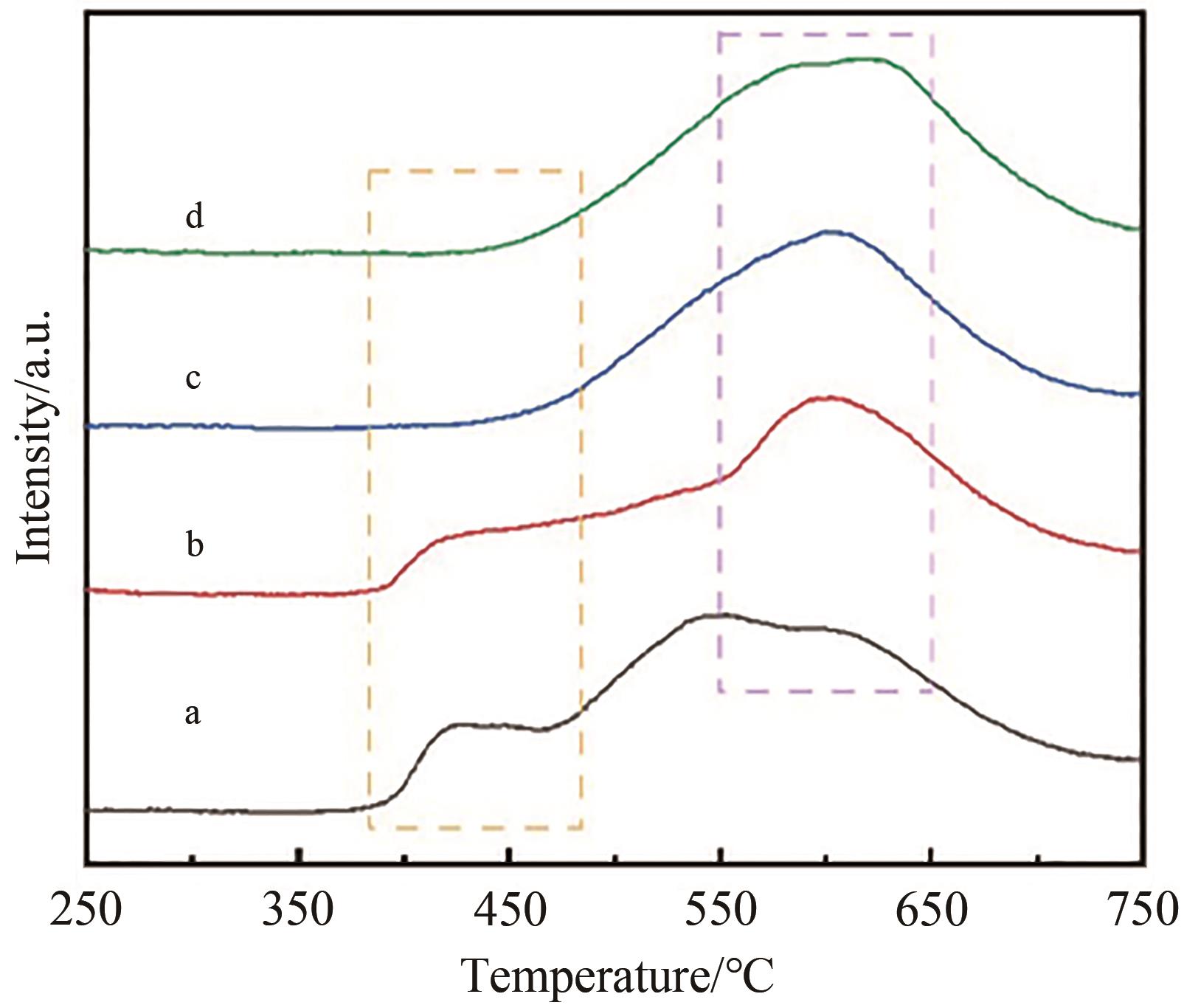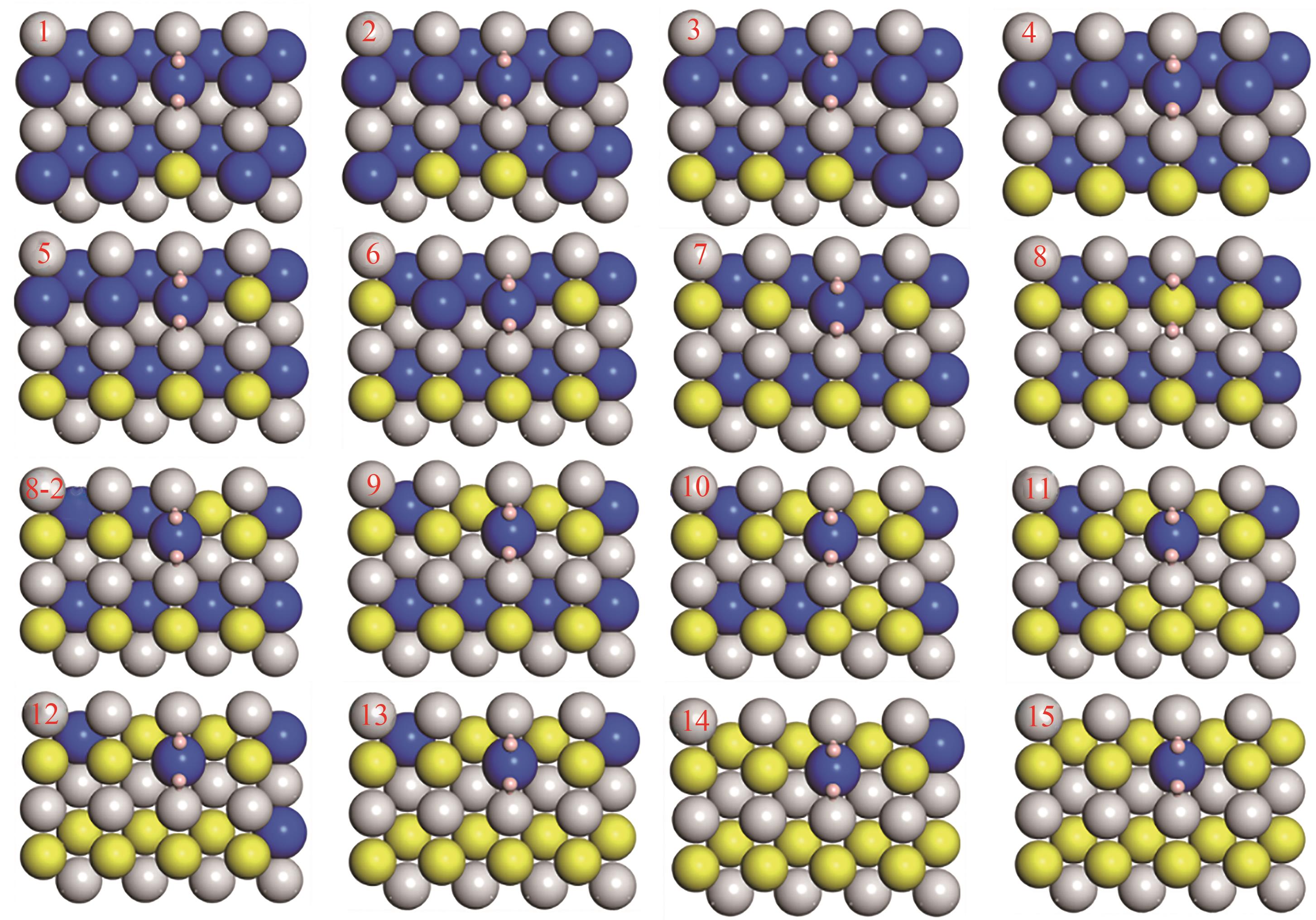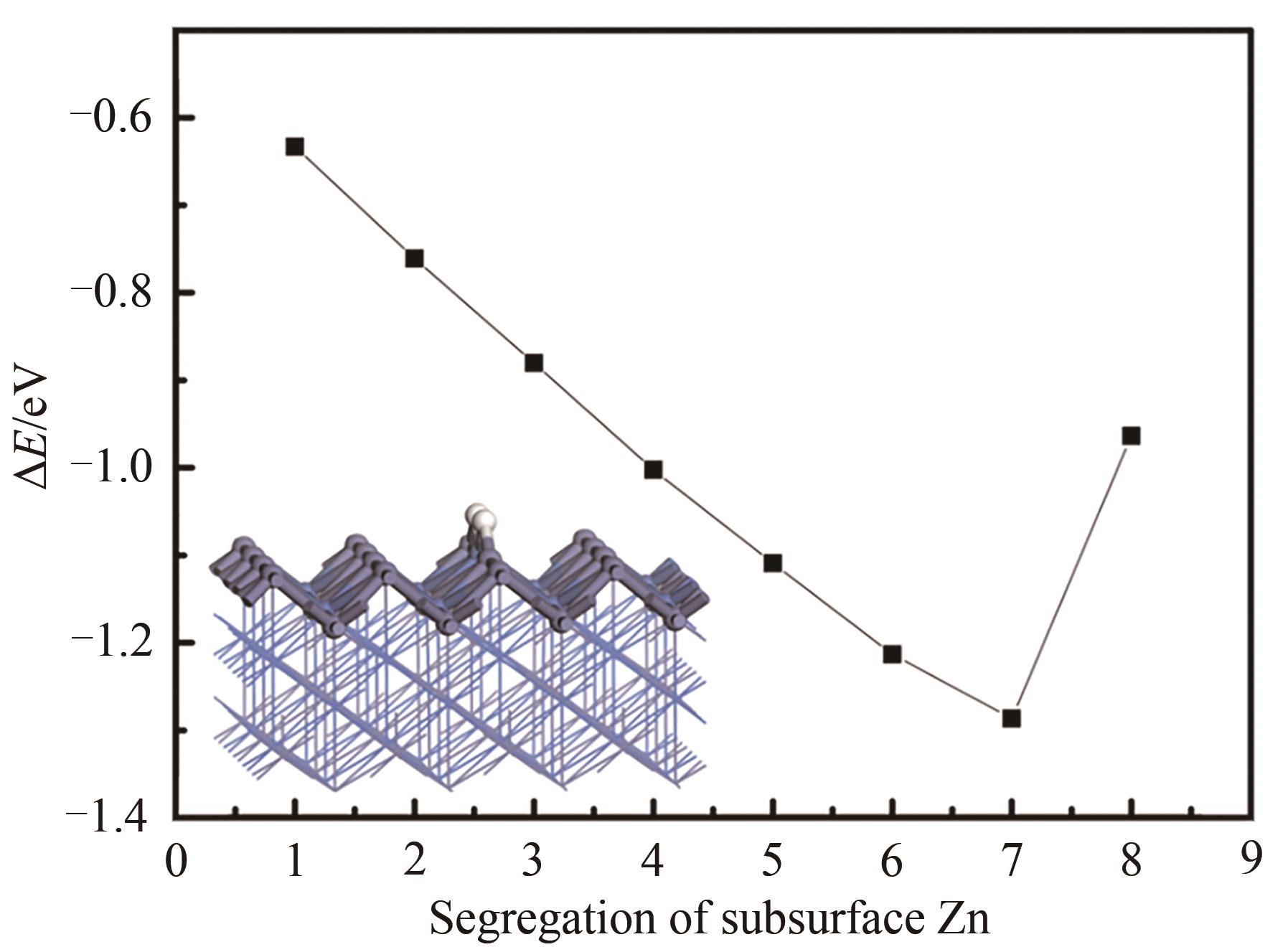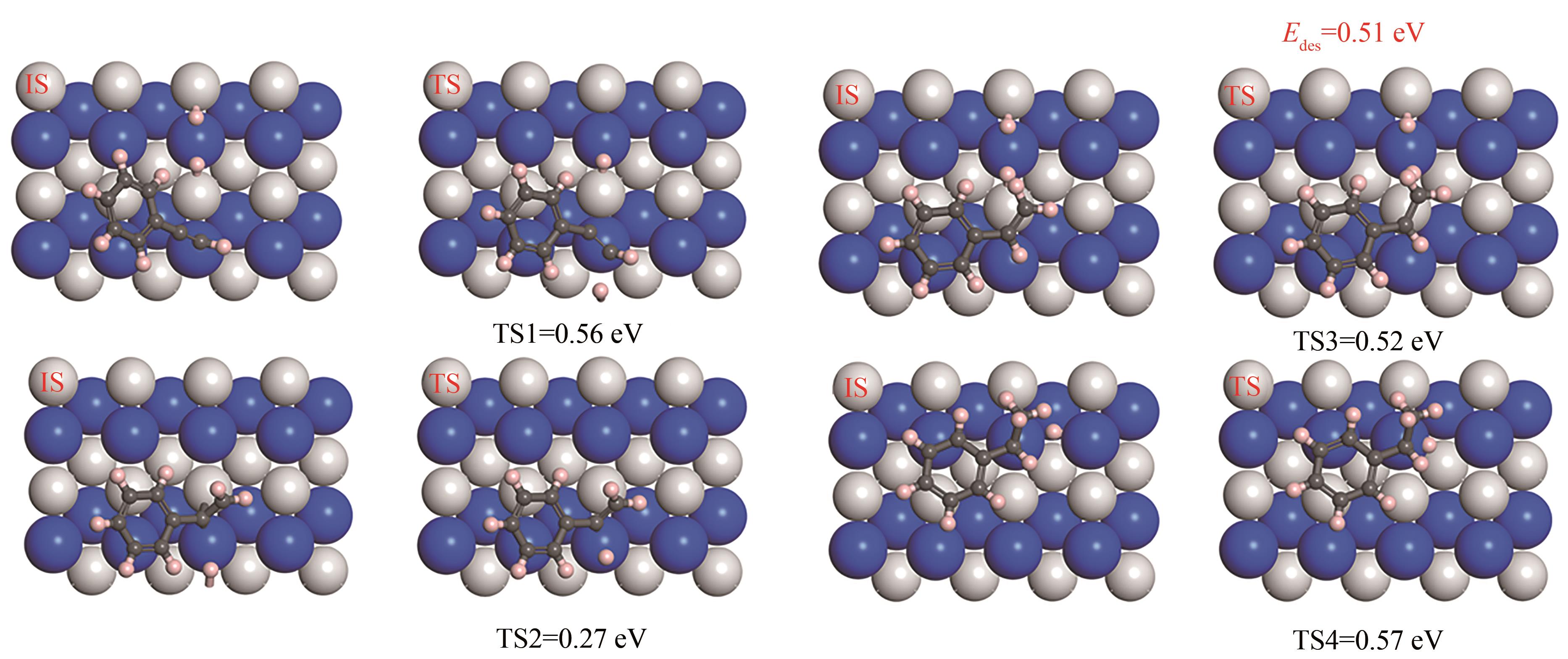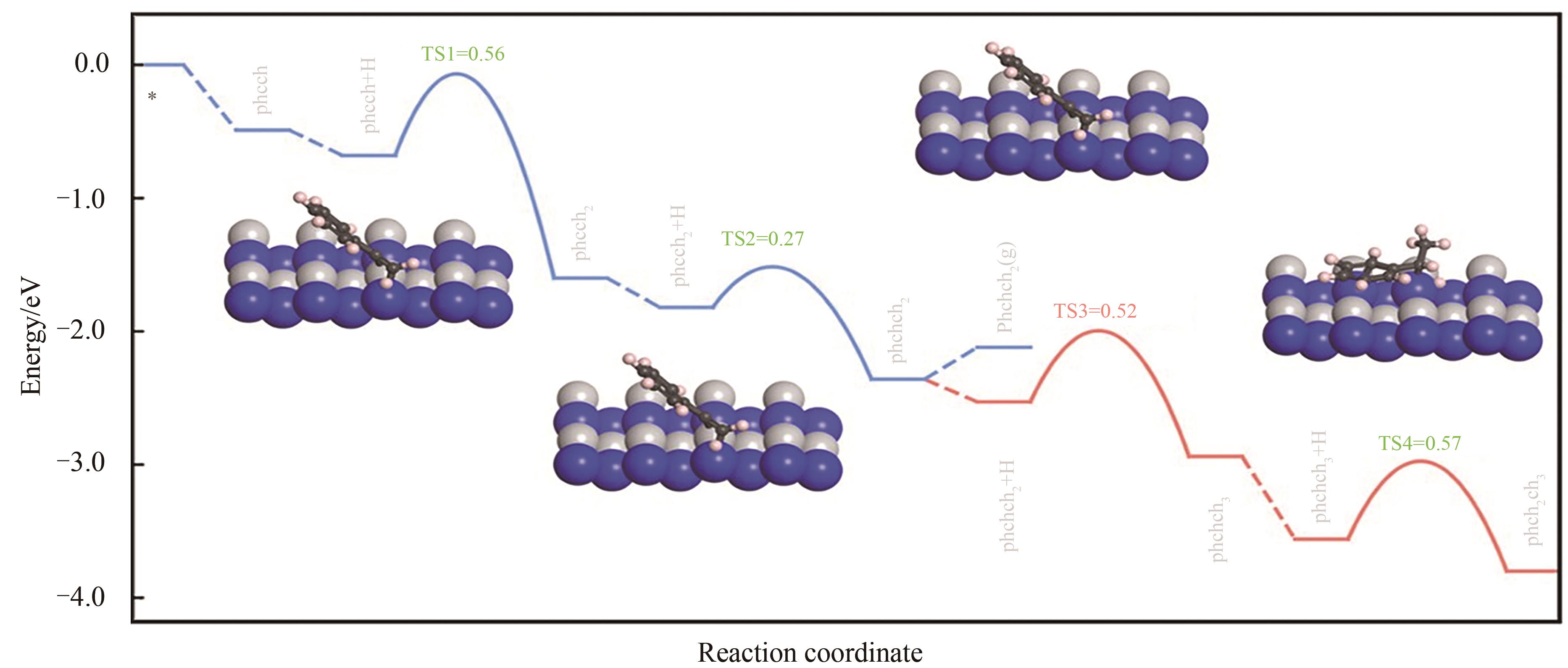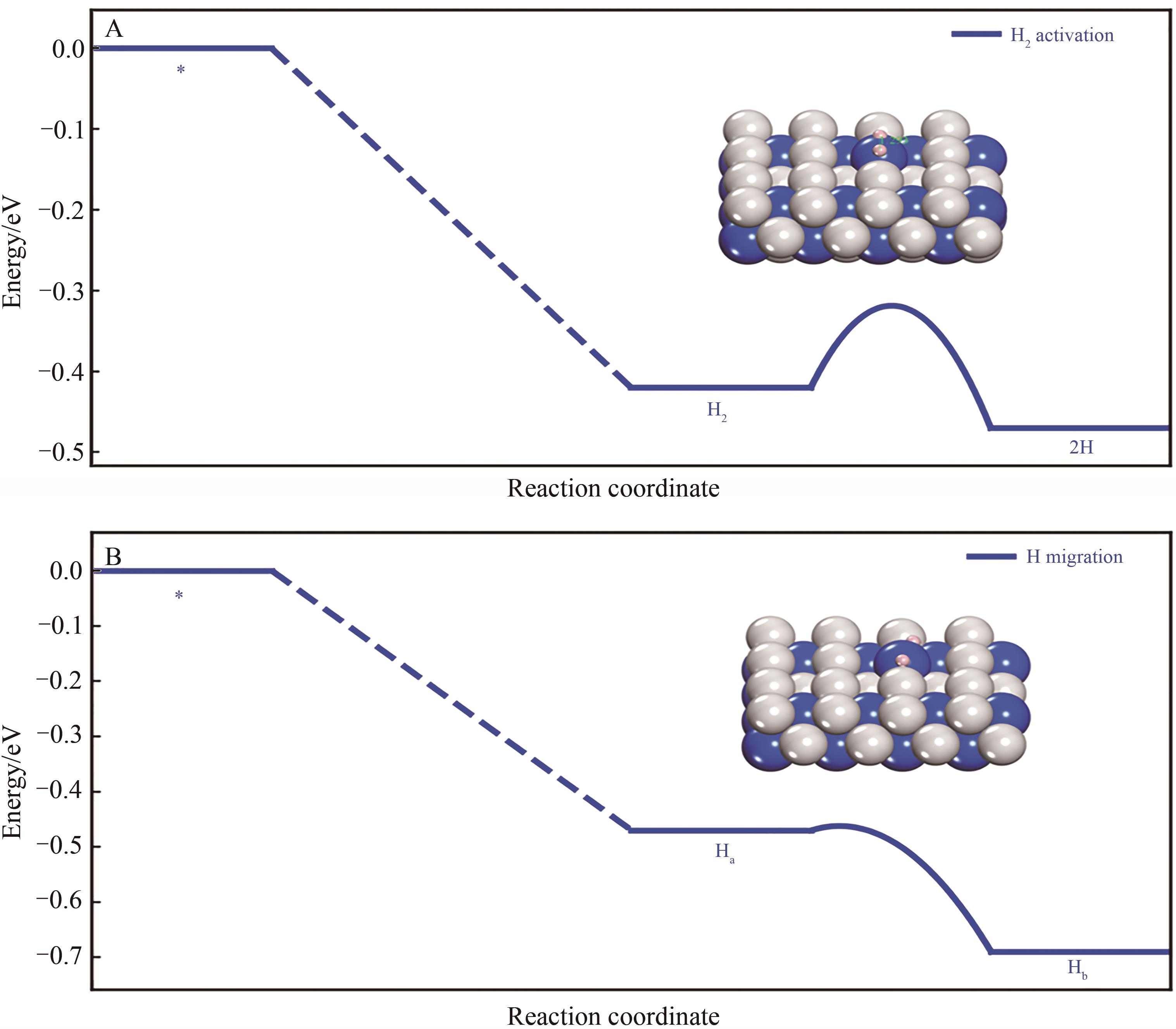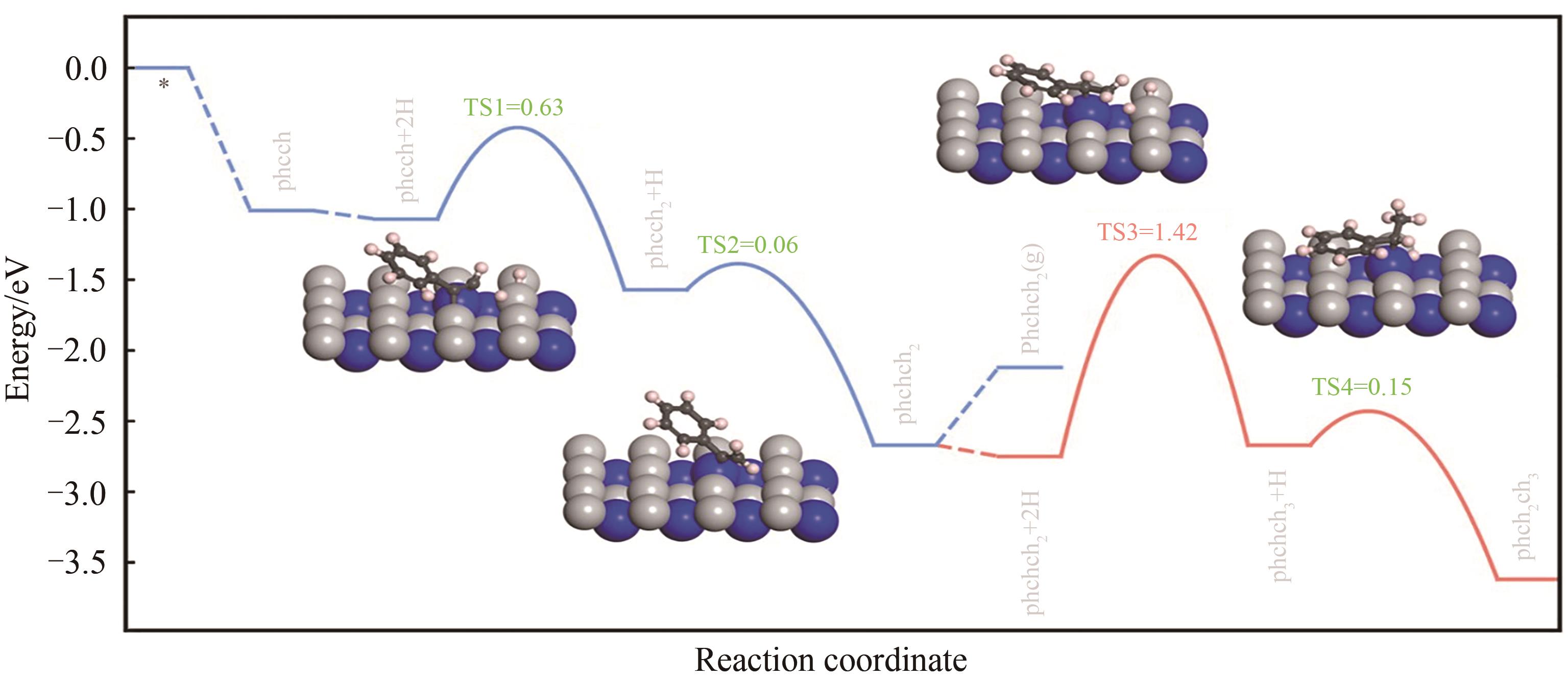| 1 |
高虎. “双碳”目标下中国能源转型路径思考[J]. 国际石油经济, 2021, 29(3): 1-6.
|
|
GAO H. China's energy transformation under the targets of peaking carbon emissions and carbon neutral[J]. Int Petroleum Economics, 2021, 29(3): 1-6.
|
| 2 |
戴冬燕, 熊丽萍, 李小燕. 苯乙烯产能分析及工艺研究[J]. 山东化工, 2023, 52(6): 163-165.
|
|
DAI D Y, XIONG L P, LI X Y. Optimization of selective hydrogenation of phenylacetylene in styrene extraction process[J]. Shandong Chem Ind, 2023, 52(6): 163-165.
|
| 3 |
蒋翠萍, 李成益. 苯乙烯生产工艺及技术经济分析[J]. 石油化工技术与经济, 2020, 36(2): 16-19, 30.
|
|
JIANG C P, LI C Y. Styrene production process and technical and economic analysis[J]. Technol-Economics Petrochem, 2020, 36(2): 16-19, 30.
|
| 4 |
胡晓丽, 付含琦, 董万军, 等. 苯乙炔选择性加氢催化剂及制备技术研究进展[J]. 当代化工, 2023, 52(8): 1962-1967.
|
|
HU X L, FU H Q, DONG W J, et al. Research progress in catalysts for selective hydrogenation of phenylacetylene and its preparation technology[J]. Contemp Chem Ind, 2023, 52(8): 1962-1967.
|
| 5 |
GLYZDOVA D V, AFONASENKO T N, KHRAMOV E V, et al. Zinc addition influence on the properties of Pd/sibunit catalyst in selective acetylene hydrogenation[J]. Top Catal, 2020, 63(1/2): 139-151.
|
| 6 |
ZHAO X, CHANG Y, CHEN W J, et al. Recent progress in Pd-based nanocatalysts for selective hydrogenation[J]. ACS Omega, 2021, 7(1): 17-31.
|
| 7 |
WANG Z, YANG L, ZHANG R, et al. Selective hydrogenation of phenylacetylene over bimetallic Pd-Cu/Al2O3 and Pd-Zn/Al2O3 catalysts[J]. Catal Today, 2016, 264: 37-43.
|
| 8 |
LI Y, YAN K, CAO Y, et al. Mechanistic and atomic-level insights into semihydrogenation catalysis to light olefins[J]. ACS Catal, 2022, 12(19): 12138-12161.
|
| 9 |
BAO Z, YANG L, CHENG Z, et al. Selective hydrogenation of the C8 aromatic fraction of pyrolysis gasoline over NiZn3/α-Al2O3: experimental and modeling studies[J]. Ind Eng Chem Res, 2020, 59(10): 4322-4332.
|
| 10 |
GOLUBINA E V, LOKTEVA E S, EROKHIN A V, et al. Formation of active centers of nickel-zinc catalysts deposited on the nanodiamond for the selective hydrogenation of phenylacetylene[J]. Russ J Phys Chem, 2021, 95(3): 492-502.
|
| 11 |
NING H, ZHOU X, ZHANG Z, et al. Ni catalytic effects for the enhanced hydrogenation properties of Mg17Al12(110) surface[J]. Appl Surf Sci, 2019, 464: 644-650.
|
| 12 |
KLINE M J, KARUNARATHNE S A, SCHWARTZ T J, et al. Hydrogenation of 2-methylnaphthalene over bi-functional Ni catalysts[J]. Appl Catal A: Gen, 2022, 630: 118462.
|
| 13 |
SCHACHTL E, YOO J S, GUTIERREZ O Y, et al. Impact of Ni promotion on the hydrogenation pathways of phenanthrene on MoS2/γ-Al2O3[J]. J Catal, 2017, 352: 171-181.
|
| 14 |
WANG M, QIAN X, XIE L, et al. Synthesis of a Ni phyllosilicate with controlled morphology for deep hydrogenation of polycyclic aromatic hydrocarbons[J]. ACS Sustainable Chem Eng, 2018, 7(2): 1989-1997.
|
| 15 |
PUSHPAGIRI T, RANJITH KUMAR E, RAMALINGAM A, et al. Effect of doping concentration on structural, vibrational, morphological and colloidal stability of Zn doped NiO nanoparticles for gas sensor applications[J]. Ceram Int, 2023, 49(14): 23903-23911.
|
| 16 |
FELIX S, FRANK A, THOMAS B, et al. Identification of non-precious metal alloy catalysts for selective hydrogenation of acetylene[J]. Science, 2008, 320: 1320-1322.
|
| 17 |
RASTEGARPANAH A, MESHKANI F, REZAEI M. Thermocatalytic decomposition of methane over mesoporous nanocrystalline promoted Ni/MgO·Al2O3 catalysts[J]. Int J Hydrogen Energy, 2017, 42(26): 16476-16488.
|
| 18 |
HOSSAIN M Z, MUHAMMAD B I, CHOWDHURY Q A, et al. Effect of mesoporosity of bimetallic Ni-Ru-Al2O3 catalysts for hydrogen production during supercritical water gasification of glucose[J]. Fuel Process Technol, 2017, 159: 55-66.
|
| 19 |
WANG W, LI X, ZHANG Y, et al. Strong metal-support interactions between Ni and ZnO particles and their effect on the methanation performance of Ni/ZnO[J]. Catal Sci Technol, 2017, 7(19): 4413-4421.
|
| 20 |
RASTEGARPANAH A, MESHKANI F, REZAEI M. COx-free hydrogen and carbon nanofibers production by thermocatalytic decomposition of methane over mesoporous MgO·Al2O3 nanopowder-supported nickel catalysts[J]. Fuel Process Technol, 2017, 167: 250-262.
|

 ), 孙利民1, 刘洪基2(
), 孙利民1, 刘洪基2( ), 陈洲3, 方维平2, 伊晓东2
), 陈洲3, 方维平2, 伊晓东2
 ), Li-Min SUN1, Hong-Ji LIU2(
), Li-Min SUN1, Hong-Ji LIU2( ), Zhou CHEN3, Wei-Ping FANG2, Xiao-Dong YI2
), Zhou CHEN3, Wei-Ping FANG2, Xiao-Dong YI2
